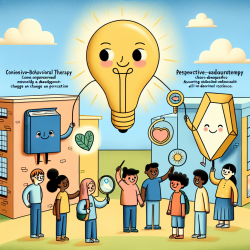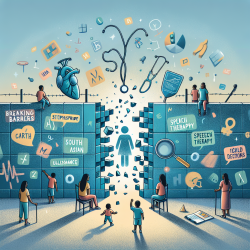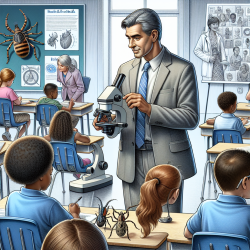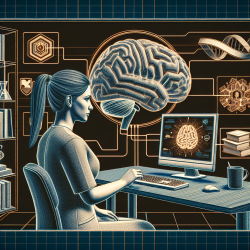Introduction
Adolescent depression is a significant global mental health issue, with up to 27% of adolescents experiencing depressive symptoms by the age of 18. The impact of depression on academic achievement, mental health, and quality of life underscores the importance of proactive prevention strategies. The LARS&LISA program, a universal school-based cognitive-behavioral intervention, offers a promising approach to preventing adolescent depression.
Understanding LARS&LISA
LARS&LISA, an acronym for "Lust An Realistischer Sicht & Leichtigkeit Im Sozialen Alltag," is a structured program that aims to prevent the development or increase of depressive symptoms among adolescents. It is grounded in cognitive-behavioral methods and informed by Dodge’s social information processing model. The program is designed to be delivered in schools, making it accessible to all students, thereby reducing the risk of stigmatization associated with targeted interventions.
Key Components of LARS&LISA
The program consists of five modules:
- Set Some Goals: Helps students develop personal, realistic, and measurable goals.
- Reversible Spiral: Teaches the interconnectedness of thoughts, feelings, and behaviors.
- Think Tank: Focuses on identifying and transforming negative thoughts into positive, realistic ones.
- Just Do It: Encourages assertive behavior and effective communication.
- Making Contact: Emphasizes building and maintaining social connections.
Implementation and Effectiveness
Research indicates that LARS&LISA is effective in reducing depressive symptoms and preventing their increase among adolescents. The program is particularly beneficial for students with minimal depression scores at baseline. It has been shown to work well regardless of comorbid anxiety symptoms or conduct problems, although its effectiveness is enhanced when implemented by trained psychologists.
Encouraging Further Research
While LARS&LISA has demonstrated positive outcomes, further research is needed to explore its mechanisms of change, especially concerning gender differences in response to the program. Understanding these mechanisms could lead to more tailored interventions that maximize benefits for all adolescents.
Conclusion
LARS&LISA represents a significant step forward in school-based depression prevention. Its universal approach mitigates the risk of stigmatization and provides valuable skills to all students. As we continue to refine and understand this program, it holds the potential to make a meaningful impact on adolescent mental health.
To read the original research paper, please follow this link: LARS&LISA: a universal school-based cognitive-behavioral program to prevent adolescent depression.










